Now for what we’ve all been waiting for...
This thread will go over a highly anticipated token that has recently launched, which has special connections to Vitalik Buterin and the founding team of $ETH.
Let’s begin! https://abs.twimg.com/emoji/v2/... draggable="false" alt="🍞" title="Brot" aria-label="Emoji: Brot">
https://abs.twimg.com/emoji/v2/... draggable="false" alt="🍞" title="Brot" aria-label="Emoji: Brot">
This thread will go over a highly anticipated token that has recently launched, which has special connections to Vitalik Buterin and the founding team of $ETH.
Let’s begin!
Introducing $TRU
Truebit allows smart contracts to securely perform complex computations in standard programming languages at reduced gas cost
It utilizes unique game theory aspects that were built in collaboration with Vitalik Buterin, & it has proven itself to be a powerhouse
Truebit allows smart contracts to securely perform complex computations in standard programming languages at reduced gas cost
It utilizes unique game theory aspects that were built in collaboration with Vitalik Buterin, & it has proven itself to be a powerhouse
The masterminds behind $TRU consist of:
Christian Reitweissner - team lead at $ETH and founder of Ethereum programming language
Jason Teutsch - Solidity dev and $ETH advocate close to Vitalik Buterin
Fred Ehrsam - founder of Coinbase
Christian Reitweissner - team lead at $ETH and founder of Ethereum programming language
Jason Teutsch - Solidity dev and $ETH advocate close to Vitalik Buterin
Fred Ehrsam - founder of Coinbase
To fully understand what I am about to go over, let us first get a basic understanding of what exactly $TRU is trying to solve, & go over its token economics...
Shortly after beginning his work at $ETH, Christian co-discovered the “Verifiers Dilemma” along with Vitalik Buterin.
Shortly after beginning his work at $ETH, Christian co-discovered the “Verifiers Dilemma” along with Vitalik Buterin.
Vitalik Buterin then put Jason (math wiz and game theory prodigy) in touch w Christian to begin working on $TRU at an aim to solve this dilemma...
The Verifiers dilemma is a security vulnerability in the POW consensus model
When verifying txs across the network, nodes are going through computational “puzzles” to confirm blocks for a reward
This reward is only granted to the first miner to “prove” they did the work.
When verifying txs across the network, nodes are going through computational “puzzles” to confirm blocks for a reward
This reward is only granted to the first miner to “prove” they did the work.
In some cases, this may mean that miners may use a lot of resources on complex computational tasks, without receiving any reward in the process.
If the nodes aren’t all incentivized to give out correct answers, it can create potential security issues on $ETH
If the nodes aren’t all incentivized to give out correct answers, it can create potential security issues on $ETH
$TRU implements a “verification game” which uses game theory to ensure nodes are giving out the right answer
Essentially, $TRU turns $ETH from a “slow”, distributed world computer, to a massively scalable one
Think of it like a big decentralized, mathematical court for $ETH https://abs.twimg.com/emoji/v2/... draggable="false" alt="👀" title="Augen" aria-label="Emoji: Augen">
https://abs.twimg.com/emoji/v2/... draggable="false" alt="👀" title="Augen" aria-label="Emoji: Augen">
Essentially, $TRU turns $ETH from a “slow”, distributed world computer, to a massively scalable one
Think of it like a big decentralized, mathematical court for $ETH
You can learn more about the $TRU dispute resolution layer and verification protocol for $ETH here:
https://medium.com/@simondlr/an-intro-to-truebit-a-scalable-decentralized-computational-court-1475531400c3">https://medium.com/@simondlr...
https://medium.com/@simondlr/an-intro-to-truebit-a-scalable-decentralized-computational-court-1475531400c3">https://medium.com/@simondlr...
Outside of the dispute resolution layer, their main use is for scaling and outsourcing large computations on the ETH networks.
You input “x”, and truebit returns “f(x)”.
You input “x”, and truebit returns “f(x)”.
Truebit does this by offering a retrofitting oracle which correctly performs computational tasks.
Any smart contract can issue a computation task to this oracle in the form of WebAssembly bytecode, while anonymous “miners” receive rewards for correctly solving the task.
Any smart contract can issue a computation task to this oracle in the form of WebAssembly bytecode, while anonymous “miners” receive rewards for correctly solving the task.
$TRU tokens are used as payments for tasks on the network and burnt, with some received by the Verifier and Solver
These tokens are both minted and burned over time according to the use of the network.
New $TRU tokens can be minted at a price determined by a smart contract...
These tokens are both minted and burned over time according to the use of the network.
New $TRU tokens can be minted at a price determined by a smart contract...
Which scales and sets a higher mint price as new tokens continue to be bought.
Because new tokens are minted on the OS, this allows for multiple arbitrage opportunities which we have never seen before.
For reference, just take a look at the graph of $TRU:
Because new tokens are minted on the OS, this allows for multiple arbitrage opportunities which we have never seen before.
For reference, just take a look at the graph of $TRU:
The core ideas of these functions were drafted in a paper by Vitalik Buterin & Jason in 2017
They introduced a new type of token sale called an interactive coin offering, which brings about a new type of fairness and predictability to token distribution mechanisms...
They introduced a new type of token sale called an interactive coin offering, which brings about a new type of fairness and predictability to token distribution mechanisms...
Take a look at this information where Vitalik describes the ICO model similar to $TRU below, it’s worth it  https://abs.twimg.com/emoji/v2/... draggable="false" alt="😉" title="Zwinkerndes Gesicht" aria-label="Emoji: Zwinkerndes Gesicht">
https://abs.twimg.com/emoji/v2/... draggable="false" alt="😉" title="Zwinkerndes Gesicht" aria-label="Emoji: Zwinkerndes Gesicht">
https://people.cs.uchicago.edu/~teutsch/papers/ico.pdf">https://people.cs.uchicago.edu/~teutsch/...
https://people.cs.uchicago.edu/~teutsch/papers/ico.pdf">https://people.cs.uchicago.edu/~teutsch/...
Essentially, $TRU uses game theory to outsource large computational tasks (which allows for AI & neural networks on $ETH), & if there’s a dispute...
It goes to their computational marketplace to ensure solvers & verifiers are giving out correct computations
It goes to their computational marketplace to ensure solvers & verifiers are giving out correct computations
Now that we have a basic understanding of $TRU, I’m sure you can tell the implications of this project for $ETH are quite exciting, and if adopted properly it could become a massive tool for scaling the blockchain.
But it gets even better...
But it gets even better...
It appears Vitalik Buterin has already taken special interest in the project for its potential to scale $ETH
Take a look at just a few of these references below:
Take a look at just a few of these references below:
Even more interestingly, Vitalik Buterin actually wrote a paper on the Trubit Protocol just a few days after launch.
In it, he describes how to use $TRU to build an EVM rollup on Optimism.
(Note how close $TRU launched to Optimism main-net?) https://ethresear.ch/t/evm-optimistic-rollup-using-truebit/9318">https://ethresear.ch/t/evm-opt...
In it, he describes how to use $TRU to build an EVM rollup on Optimism.
(Note how close $TRU launched to Optimism main-net?) https://ethresear.ch/t/evm-optimistic-rollup-using-truebit/9318">https://ethresear.ch/t/evm-opt...
Now why is this so significant?
Plasma (also known as Optimism), the leading layer two solution that is used by $SNX & $UNI, utilizes compact proofs made possible by Truebit https://abs.twimg.com/emoji/v2/... draggable="false" alt="👀" title="Augen" aria-label="Emoji: Augen">
https://abs.twimg.com/emoji/v2/... draggable="false" alt="👀" title="Augen" aria-label="Emoji: Augen">
From the Plasma whitepaper:
Plasma (also known as Optimism), the leading layer two solution that is used by $SNX & $UNI, utilizes compact proofs made possible by Truebit
From the Plasma whitepaper:
Since I know this is a lot of info to take in all at once, I’ll recap with the main points below:
- $TRU was launched with the help of core $ETH devs
- $TRU offers a computational oracle with game theory to ensure security of $ETH
- Its token was made with help from Vitalik
- $TRU was launched with the help of core $ETH devs
- $TRU offers a computational oracle with game theory to ensure security of $ETH
- Its token was made with help from Vitalik
- $TRU allows smart contracts to securely perform complex computations in standard programming languages at reduced gas costs
- $TRU is backed by the founder of solidity, and the founder of Coinbase
- $TRU is minted and burned in accordance to the growth of the network
- $TRU is backed by the founder of solidity, and the founder of Coinbase
- $TRU is minted and burned in accordance to the growth of the network
- Payments for tasks are paid in $TRU tokens, which simultaneously burns a portion of them
- $TRU can be minted at a rate determined by a smart contract, which scales higher as users continue buying
- The leading L2 scaling solution used by $SNX & $UNI (Optimism) uses $TRU
- $TRU can be minted at a rate determined by a smart contract, which scales higher as users continue buying
- The leading L2 scaling solution used by $SNX & $UNI (Optimism) uses $TRU
With all of this information I am sure you are all well aware of how bullish I am on the protocol.
It is sitting around only $150M mcap, significantly lower than its competitors aiming to bring a new level of scalability to $ETH
It is sitting around only $150M mcap, significantly lower than its competitors aiming to bring a new level of scalability to $ETH
In conclusion, I am very excited to see $TRU grow to become a major player in the industry
With backing from Vitalik Buterin, the founder of Coinbase, & the founder of Solidity, we can expect this to scale massively
I hope you all enjoyed this thread! https://abs.twimg.com/emoji/v2/... draggable="false" alt="🍞" title="Brot" aria-label="Emoji: Brot"> https://www.coingecko.com/en/coins/truebit-protocol">https://www.coingecko.com/en/coins/...
https://abs.twimg.com/emoji/v2/... draggable="false" alt="🍞" title="Brot" aria-label="Emoji: Brot"> https://www.coingecko.com/en/coins/truebit-protocol">https://www.coingecko.com/en/coins/...
With backing from Vitalik Buterin, the founder of Coinbase, & the founder of Solidity, we can expect this to scale massively
I hope you all enjoyed this thread!
HONORABLE MENTIONS  https://abs.twimg.com/emoji/v2/... draggable="false" alt="👀" title="Augen" aria-label="Emoji: Augen">
https://abs.twimg.com/emoji/v2/... draggable="false" alt="👀" title="Augen" aria-label="Emoji: Augen">

 Read on Twitter
Read on Twitter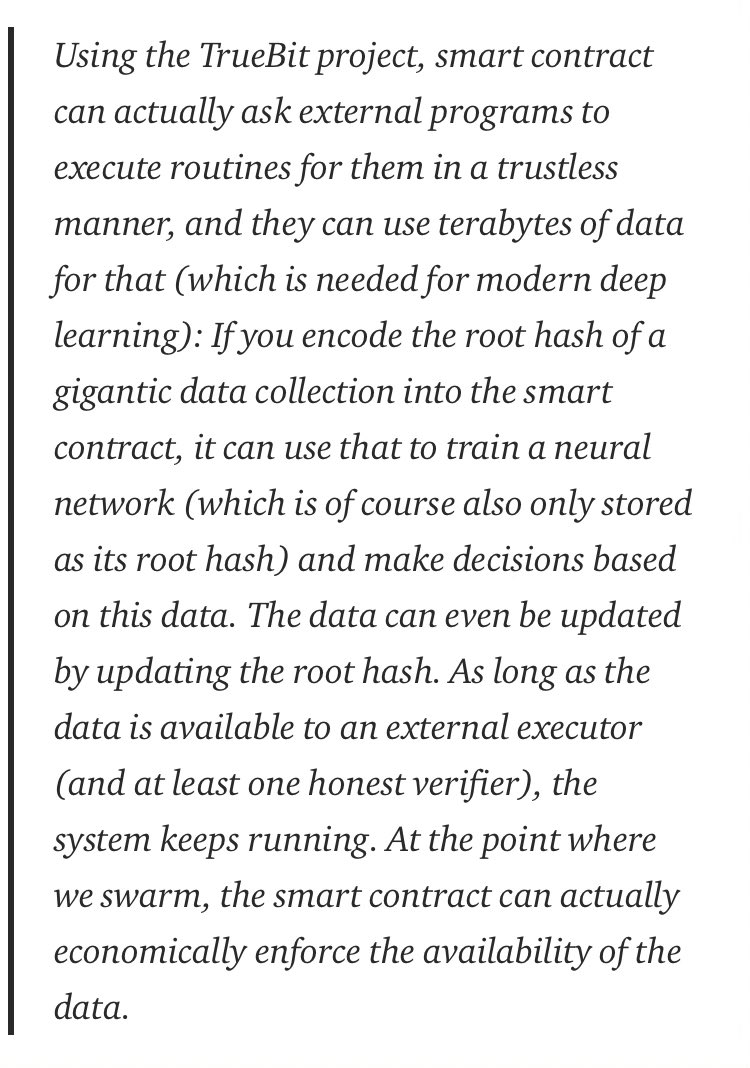
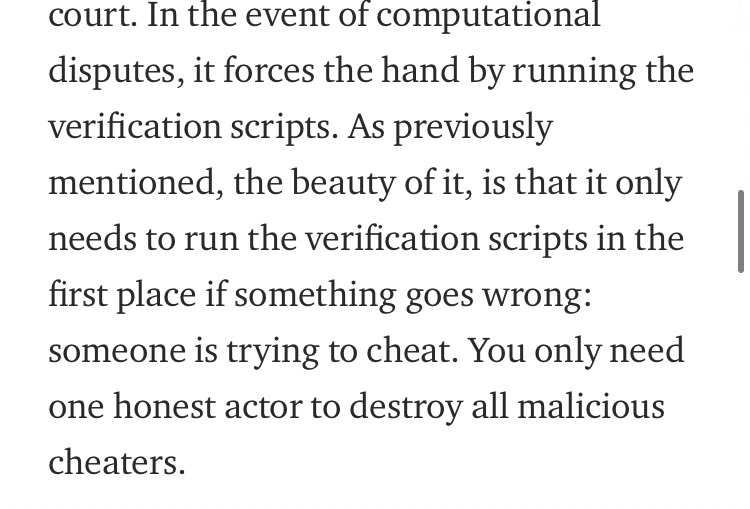
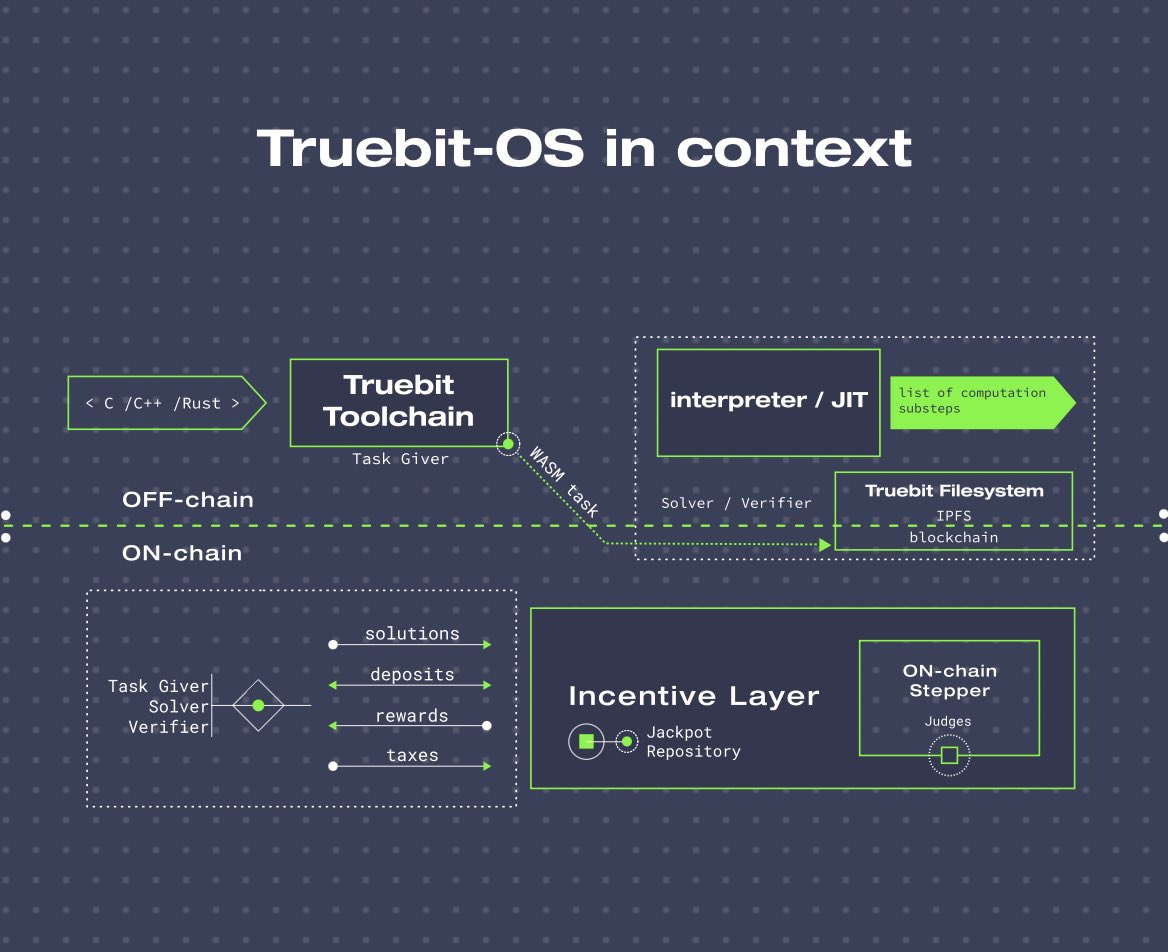

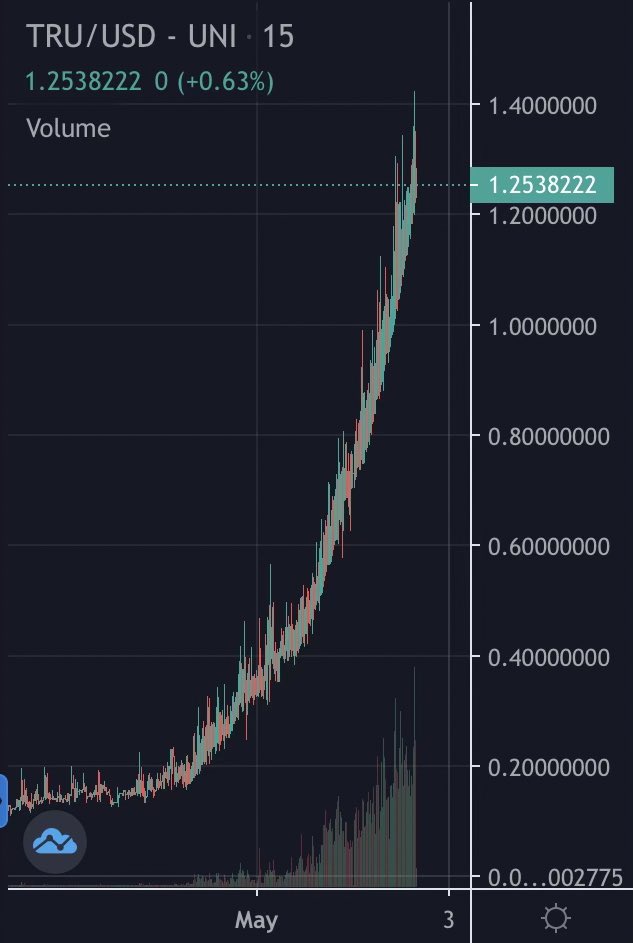
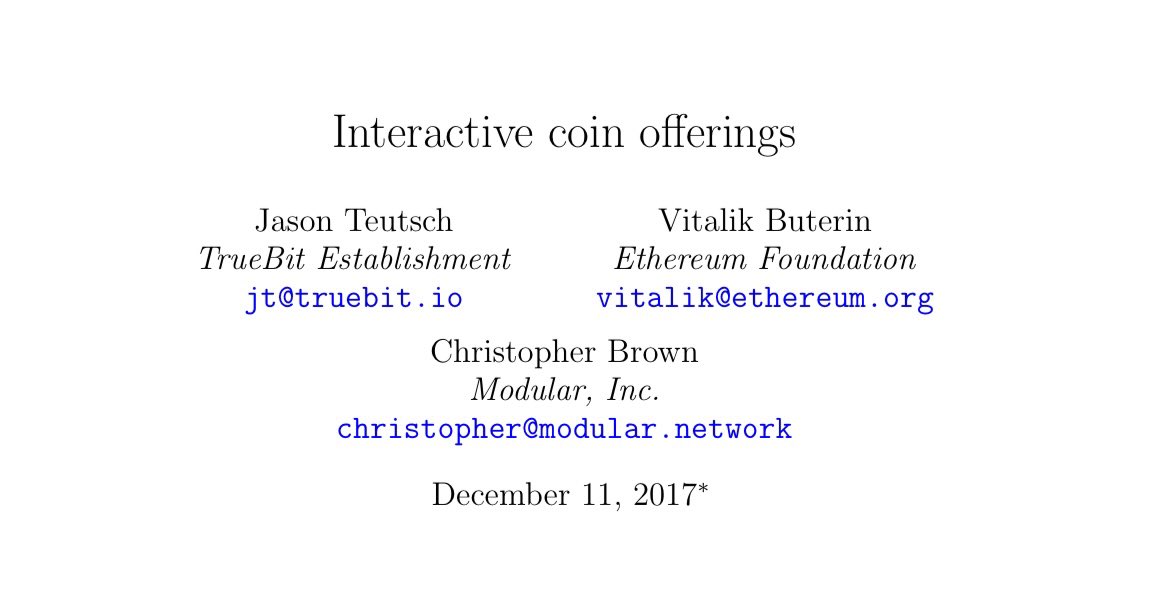 https://people.cs.uchicago.edu/~teutsch/..." title="Take a look at this information where Vitalik describes the ICO model similar to $TRU below, it’s worth it https://abs.twimg.com/emoji/v2/... draggable="false" alt="😉" title="Zwinkerndes Gesicht" aria-label="Emoji: Zwinkerndes Gesicht"> https://people.cs.uchicago.edu/~teutsch/...">
https://people.cs.uchicago.edu/~teutsch/..." title="Take a look at this information where Vitalik describes the ICO model similar to $TRU below, it’s worth it https://abs.twimg.com/emoji/v2/... draggable="false" alt="😉" title="Zwinkerndes Gesicht" aria-label="Emoji: Zwinkerndes Gesicht"> https://people.cs.uchicago.edu/~teutsch/...">
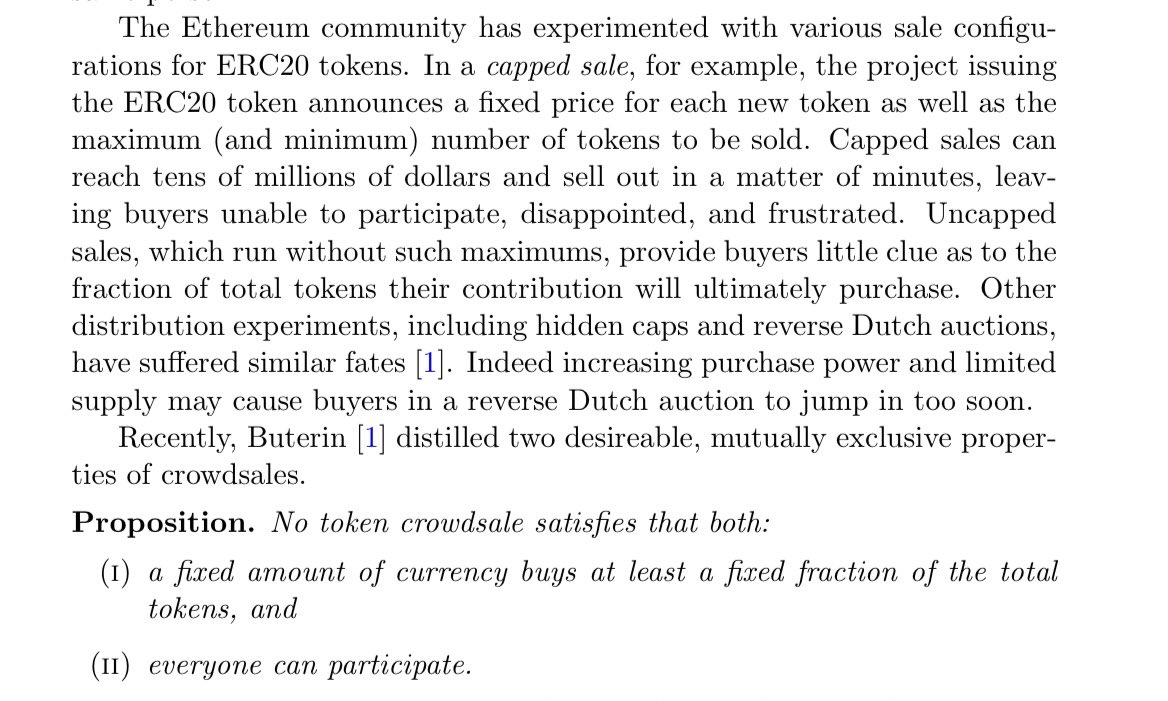 https://people.cs.uchicago.edu/~teutsch/..." title="Take a look at this information where Vitalik describes the ICO model similar to $TRU below, it’s worth it https://abs.twimg.com/emoji/v2/... draggable="false" alt="😉" title="Zwinkerndes Gesicht" aria-label="Emoji: Zwinkerndes Gesicht"> https://people.cs.uchicago.edu/~teutsch/...">
https://people.cs.uchicago.edu/~teutsch/..." title="Take a look at this information where Vitalik describes the ICO model similar to $TRU below, it’s worth it https://abs.twimg.com/emoji/v2/... draggable="false" alt="😉" title="Zwinkerndes Gesicht" aria-label="Emoji: Zwinkerndes Gesicht"> https://people.cs.uchicago.edu/~teutsch/...">
 https://people.cs.uchicago.edu/~teutsch/..." title="Take a look at this information where Vitalik describes the ICO model similar to $TRU below, it’s worth it https://abs.twimg.com/emoji/v2/... draggable="false" alt="😉" title="Zwinkerndes Gesicht" aria-label="Emoji: Zwinkerndes Gesicht"> https://people.cs.uchicago.edu/~teutsch/...">
https://people.cs.uchicago.edu/~teutsch/..." title="Take a look at this information where Vitalik describes the ICO model similar to $TRU below, it’s worth it https://abs.twimg.com/emoji/v2/... draggable="false" alt="😉" title="Zwinkerndes Gesicht" aria-label="Emoji: Zwinkerndes Gesicht"> https://people.cs.uchicago.edu/~teutsch/...">
 https://people.cs.uchicago.edu/~teutsch/..." title="Take a look at this information where Vitalik describes the ICO model similar to $TRU below, it’s worth it https://abs.twimg.com/emoji/v2/... draggable="false" alt="😉" title="Zwinkerndes Gesicht" aria-label="Emoji: Zwinkerndes Gesicht"> https://people.cs.uchicago.edu/~teutsch/...">
https://people.cs.uchicago.edu/~teutsch/..." title="Take a look at this information where Vitalik describes the ICO model similar to $TRU below, it’s worth it https://abs.twimg.com/emoji/v2/... draggable="false" alt="😉" title="Zwinkerndes Gesicht" aria-label="Emoji: Zwinkerndes Gesicht"> https://people.cs.uchicago.edu/~teutsch/...">
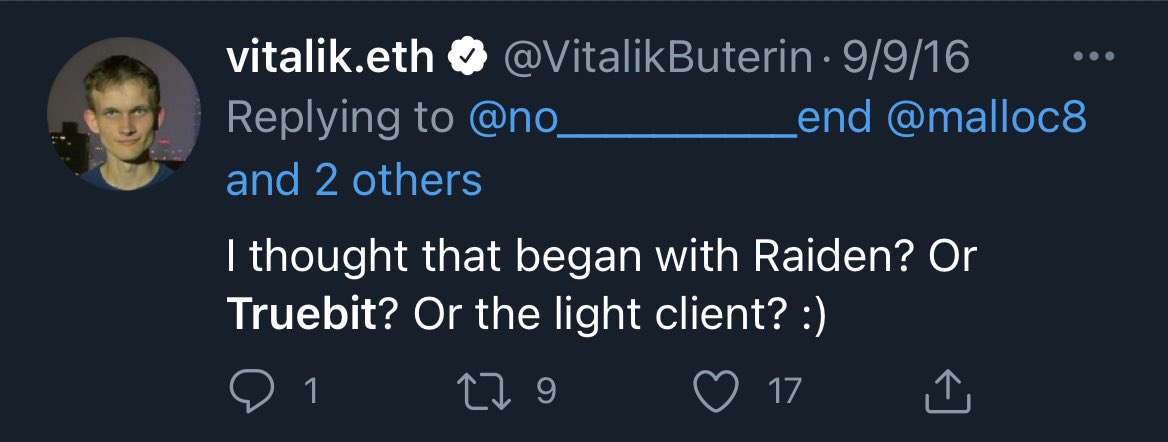

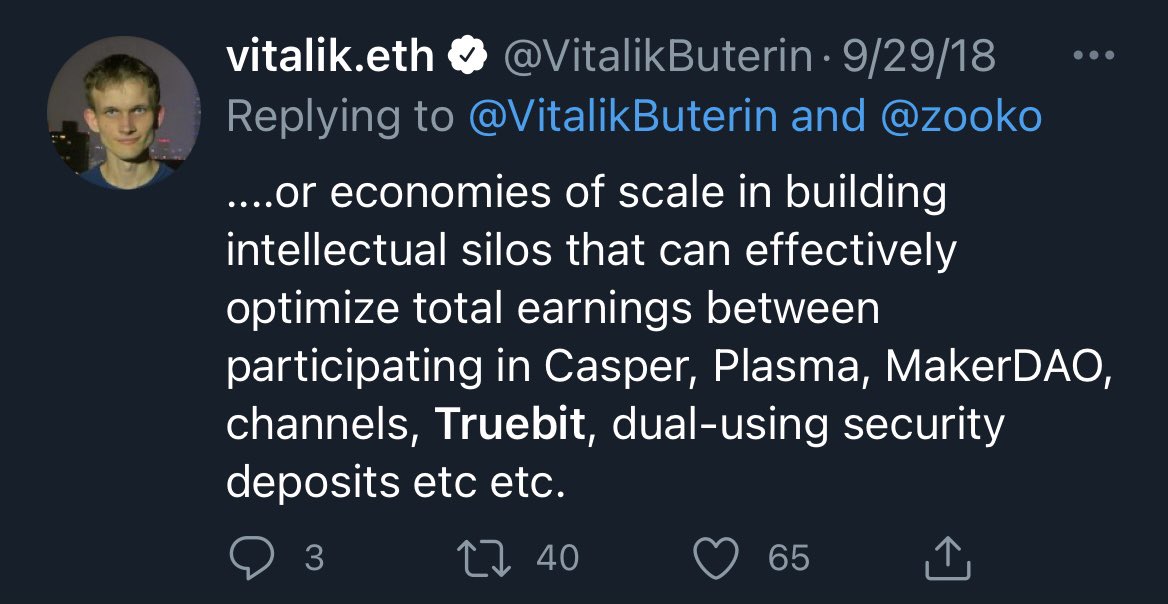
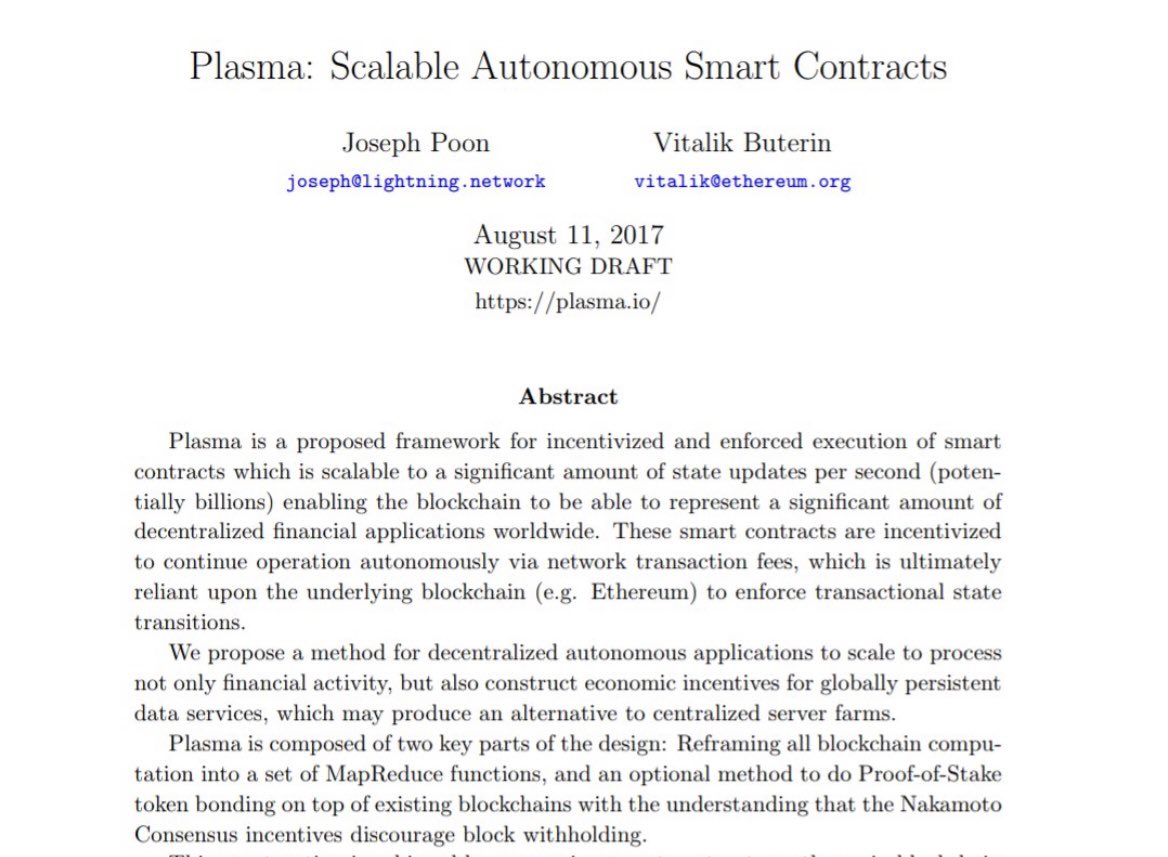 From the Plasma whitepaper:" title="Now why is this so significant?Plasma (also known as Optimism), the leading layer two solution that is used by $SNX & $UNI, utilizes compact proofs made possible by Truebit https://abs.twimg.com/emoji/v2/... draggable="false" alt="👀" title="Augen" aria-label="Emoji: Augen">From the Plasma whitepaper:">
From the Plasma whitepaper:" title="Now why is this so significant?Plasma (also known as Optimism), the leading layer two solution that is used by $SNX & $UNI, utilizes compact proofs made possible by Truebit https://abs.twimg.com/emoji/v2/... draggable="false" alt="👀" title="Augen" aria-label="Emoji: Augen">From the Plasma whitepaper:">
 From the Plasma whitepaper:" title="Now why is this so significant?Plasma (also known as Optimism), the leading layer two solution that is used by $SNX & $UNI, utilizes compact proofs made possible by Truebit https://abs.twimg.com/emoji/v2/... draggable="false" alt="👀" title="Augen" aria-label="Emoji: Augen">From the Plasma whitepaper:">
From the Plasma whitepaper:" title="Now why is this so significant?Plasma (also known as Optimism), the leading layer two solution that is used by $SNX & $UNI, utilizes compact proofs made possible by Truebit https://abs.twimg.com/emoji/v2/... draggable="false" alt="👀" title="Augen" aria-label="Emoji: Augen">From the Plasma whitepaper:">
 From the Plasma whitepaper:" title="Now why is this so significant?Plasma (also known as Optimism), the leading layer two solution that is used by $SNX & $UNI, utilizes compact proofs made possible by Truebit https://abs.twimg.com/emoji/v2/... draggable="false" alt="👀" title="Augen" aria-label="Emoji: Augen">From the Plasma whitepaper:">
From the Plasma whitepaper:" title="Now why is this so significant?Plasma (also known as Optimism), the leading layer two solution that is used by $SNX & $UNI, utilizes compact proofs made possible by Truebit https://abs.twimg.com/emoji/v2/... draggable="false" alt="👀" title="Augen" aria-label="Emoji: Augen">From the Plasma whitepaper:">
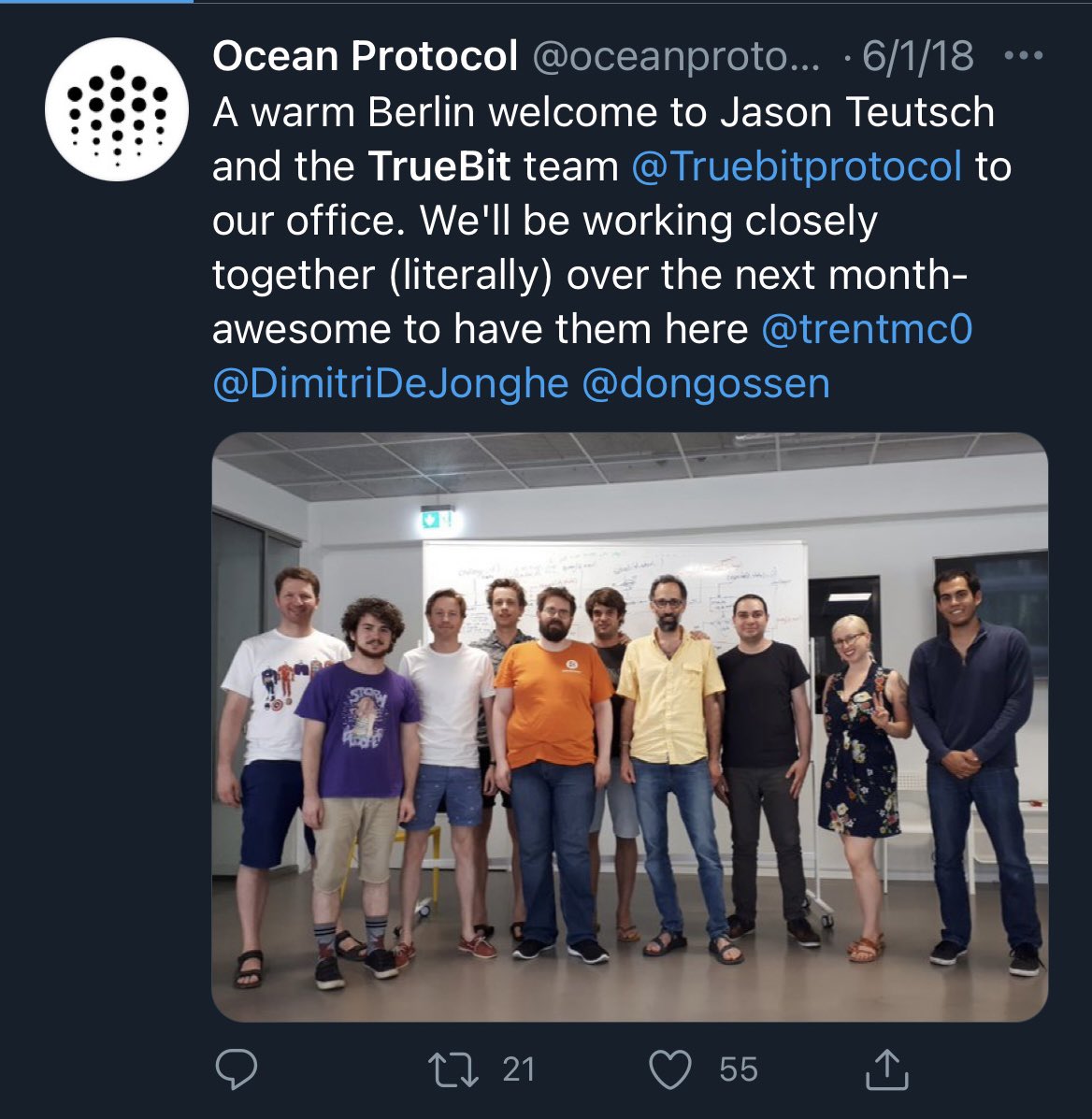 " title="HONORABLE MENTIONS https://abs.twimg.com/emoji/v2/... draggable="false" alt="👀" title="Augen" aria-label="Emoji: Augen">">
" title="HONORABLE MENTIONS https://abs.twimg.com/emoji/v2/... draggable="false" alt="👀" title="Augen" aria-label="Emoji: Augen">">
 " title="HONORABLE MENTIONS https://abs.twimg.com/emoji/v2/... draggable="false" alt="👀" title="Augen" aria-label="Emoji: Augen">">
" title="HONORABLE MENTIONS https://abs.twimg.com/emoji/v2/... draggable="false" alt="👀" title="Augen" aria-label="Emoji: Augen">">
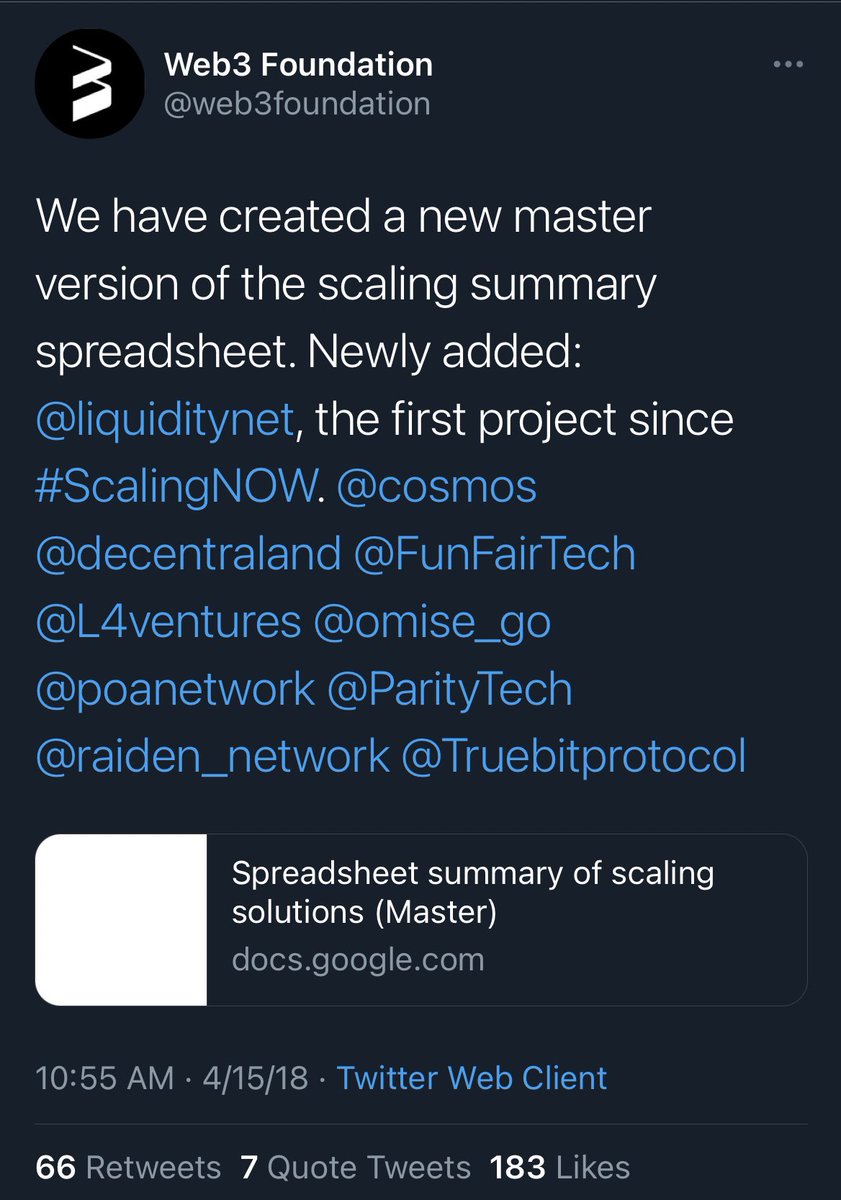 " title="HONORABLE MENTIONS https://abs.twimg.com/emoji/v2/... draggable="false" alt="👀" title="Augen" aria-label="Emoji: Augen">">
" title="HONORABLE MENTIONS https://abs.twimg.com/emoji/v2/... draggable="false" alt="👀" title="Augen" aria-label="Emoji: Augen">">


